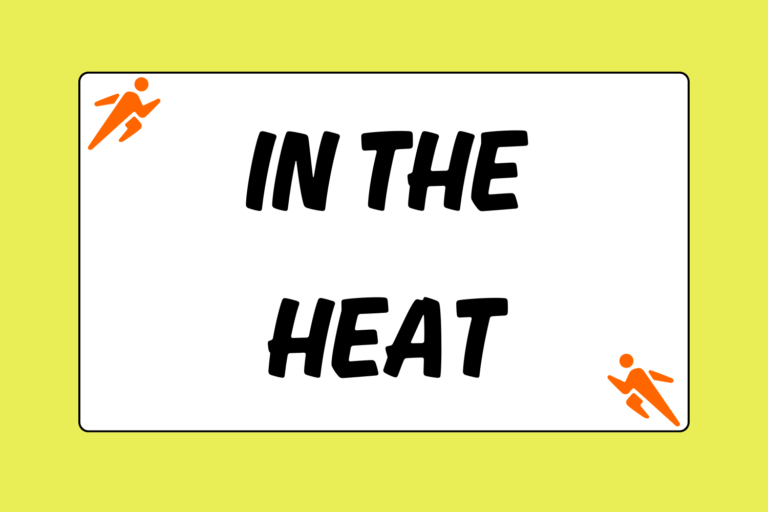Certain elements of a running form clearly favor speed and efficiency, and it’s these elements — mainly the stride and power output — that are generally standard across the board. If you haven’t noticed this yet, next time you are watching Olympic runners, pay special attention to their strides. The strides of Olympic distance runners have more similarities than differences. The question that begs to be answered, then, is how runners can improve their form.
Proponents of form change argue that running is a technical skill, much like throwing a baseball. Technique training will improve a runner’s form, producing greater efficiency with less susceptibility to injury. There are safe, effective methods of improving your form — rather than scrapping it and changing it altogether — and a few of the most effective methods are listed below.
Progression Runs
While doing progression runs, you’ll start out slowly and gradually increase your speed. Progressions of varying distances and paces are great tools for improving your running form because it will naturally adjust to the change of pace. When you speed up, your body will naturally adjust your stride length and power output to match the increased speed. Progressions challenge your body to transition smoothly between various paces.
You can do these runs with set distances or times in mind, or you can do them spontaneously. You can also do these types of runs as short, high-intensity runs where you transition from a run to a sprint over 50-150 meters. These types of runs are often called buildups.
There are basic guidelines for a successful progression:
- You can occasionally maintain pace, but you never slow down.
- There is no limit to how fast you should finish.
- You never want to start out so aggressively that you hit the wall early. You want to feel exhilarated at the end of your progression, not exhausted!
Sprinting
Sprinting can also be quite advantageous for developing better form as a distance runner, and there are several reasons why:
- Sprints are likely to stimulate strength and power development for distance runners. They will help your body learn how to react to the faster pace by exerting more power in the legs and core, and adjusting your stride.
- Challenging yourself prompts your body to try and find the most efficient way to run fast.
- If you are able to develop a stride that enhances your top-end speed, you’ll experience a trickledown effect that quickens even your slowest pace.
- Sprint training does not take very long. Three weekly sessions of four to eight, 10-second sprints should be enough to get your legs going.
Most distance runners neglect this aspect of training, but the results will likely surprise you.
Strengthen Your Core
A runner often thinks of the core muscles as being synonymous with the abs. Having sculpted abs might looks great, but a runner will be best served on the roads by considering the core to mean the hips, glutes, lower back, and abs.
Often, form may be lacking from a simple lack of strength in the core muscles, which are often underdeveloped by only running long, slow miles. The result is often a shorter stride or an inconsistency in power output. Regardless, strengthening the core can only benefit you. Not only is it a preventative measure to take against future injuries, but you will get stronger as a runner as you gain the ability to have a great output of power with every stride.
Hot Tip: Train with a Partner
If you run by yourself and experiment with a form change, something that feels better may actually slow you down. What feels good at first doesn’t always correspond to what is most efficient; you need something to compare your strides and pace to. What you need is a partner!
If you do speed work with a partner, you can experiment with small changes in your form and see the differences. If your partner keeps a constant pace, you’ll immediately notice whether your pace has slowed or sped up as you test out different changes in your form.
Drills & Hills
As mentioned before, running is a physical skill — it can be refined. Doing drills and hill sprints are great ways to approach running in a different way. Especially when paired with near-maximum speed, this type of training links strength training and sprint training, reinforcing the benefits of each.
Try doing some sprint drills or a few sets of short-hill sprints before pacing yourself on flat surface. This type of pairing, commonly known as a superset, is particularly beneficial because sprinting hills (or just sprinting in general) requires a greater degree of muscle exertion and a different stride than running at a slower pace on flat terrain.
Be Safe
Like any physical skill, you can improve your running form and these are safe, reliable ways to do so. No matter what route you take to improve your form, be careful. Listen to your body. If you ever feel pain, you may be taking the wrong route to improvement. Take it slowly, and never force something new onto your body that it isn’t quite ready for. Using drills and incremental training, your form can improve!





